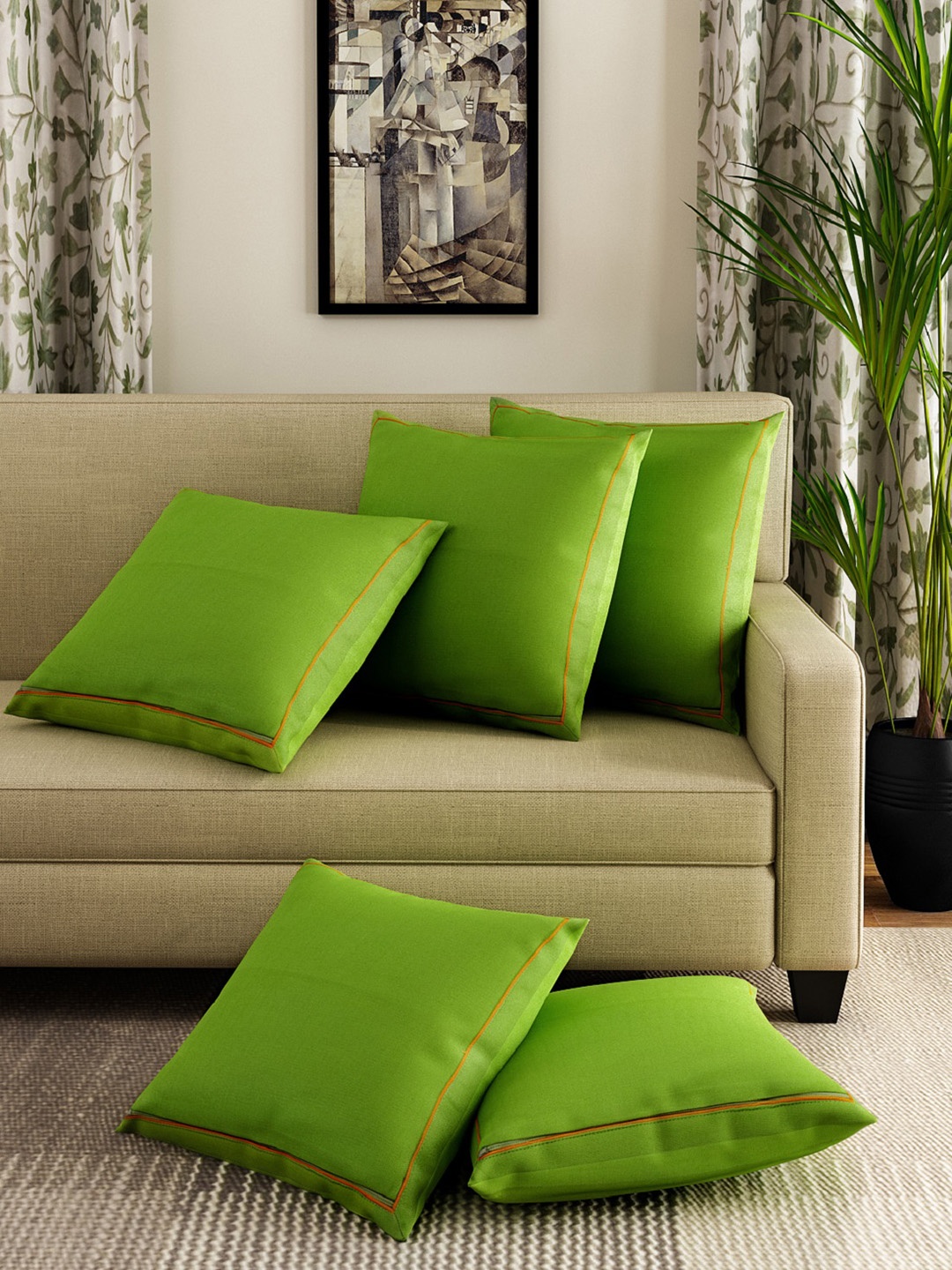How To Declutter Your Closet: Create A Sustainable Wardrobe This Way
A crowded wardrobe can feel like a daily puzzle. A simpler, cleaner space can bring relief, clarity, and a sense of purpose. This guide walks through practical steps to declutter and build a wardrobe that respects your style and your budget.

How to Build a Sustainable Wardrobe: Simple Ways to Declutter and Refresh Your Closet.
A cluttered wardrobe often hides clothes that never see the sunlight. Many people open their cupboards each morning with hope, only to stare at a jumble of outfits that no longer fit their lives. Shirts cling to old memories. Trousers wait for a weight-loss miracle. Sarees sit untouched, wrapped in tissue like relics from another era.
A clear-out sounds tiring, yet it frees space in both mind and home. A sustainable wardrobe does more than remove extra clothes. It creates a rhythm where every piece feels useful, stylish, and true to one's lifestyle. The idea supports mindful choices rather than impulse buying during festival sales or late-night scrolling.
This guide explores simple ways to transform a bursting cupboard into a calm, eco-friendly space. Every step encourages conscious habits that last. Just check out the top 10 points about how to declutter your closet to create a sustainable wardrobe for yourself.

Decluttering Your Closet: How To Create A Sustainable Wardrobe; Photo Credit: Pexels
Key Steps To Build A Sustainable, Clutter-Free Wardrobe
1. Understand What Sustainability Means in Everyday Fashion
Sustainability sounds like a grand concept, but it begins at home. It means choosing clothes that last, selecting fabrics that feel good on the skin, and reducing waste. Many wardrobes fill up with fast-fashion trends that fade after a season. Sequinned tops from a friend's wedding reception, graphic tees bought during online flash sales, or shoes from a festival discount binge all add to clutter when they lose charm.
A sustainable wardrobe embraces durability. Cotton, linen, and well-made blends often outlive trendy synthetics. Clothes stitched with care stay strong through countless washes, busy work weeks, and humid summers. The idea also includes thoughtful buying. Instead of adding five mediocre outfits to a cart, a single high-quality piece saves money in the long run. It fits better, feels better, and holds value. This new approach shapes daily choices and nudges people away from the excitement of impulse shopping.
2. Start With a Simple Decluttering Ritual
Decluttering works best with a small ritual that sets the mood. A cup of chai, soft music, and a quiet hour can turn the task into a calming routine rather than a chore. Open the cupboard and pull everything out. Lay each item on the bed. This makes the volume visible and pushes the mind towards honest decisions.
Every piece falls into one of three groups: keep, donate, or repurpose. Clothes that still fit, flatter, and feel comfortable move to the “keep” pile. Items in good shape but no longer useful can help someone else. Local NGOs, neighbourhood collection drives, or community groups welcome clean, well-kept garments.
Repurposing gives new life to older fabrics. A faded kurta turns into a shopping tote. A loose T-shirt becomes soft cleaning cloths. This approach turns household waste into handy resources. The ritual clears the space and introduces mindfulness.
Also Read: How To Declutter Your Closet: Just Ask These 3 Simple Questions
3. Identify Your True Personal Style
A sustainable wardrobe reflects real daily life, not temporary moods. Many people buy clothes after watching trendy reels or celebrity airport looks. Those outfits often sit unused because they don't match local weather, comfort, or work routines. Understanding personal style helps reduce unnecessary shopping.
Start by examining the clothes worn most often. A pattern usually appears. Some choose breezy cotton, some prefer simple monochrome outfits, and others love bright embroidery or handcrafted prints. The wardrobe often whispers the truth.
A style journal also helps. Note what feels good during workdays, social events, and family gatherings. This mix forms the backbone of a sustainable wardrobe. It guides future shopping and prevents random purchases during clearance sales. True style stays steady across seasons, trends, and marketing bills.
4. Build a Capsule Wardrobe That Suits Local Life
A capsule wardrobe supports sustainability. It uses a small range of versatile pieces that mix and match with ease. In warm months, cotton shirts, linen trousers, simple kurtas, and airy dresses work well. For mild winters, a few cosy jumpers, a reliable jacket, and warm leggings complete the mix.
Quality stands above quantity. A capsule wardrobe saves space and time. Instead of digging through piles, a person knows every outfit fits well and works with other pieces. A few neutral colours like navy, white, beige, and charcoal form the core. A pop of colour—perhaps a bright dupatta, a bold shirt, or a printed scarf—adds personality.
A capsule wardrobe also suits changing seasons and diverse lifestyles. It reduces laundry loads, buying pressure, and storage demands. The result feels lighter and more purposeful.

Decluttering Your Closet: How To Create A Sustainable Wardrobe; Photo Credit: Pexels
5. Choose Fabrics That Respect Local Weather and Comfort
Fabric plays a big role in longevity. India's climate shifts from blazing summers to humid monsoons and cool winters, so choosing the right material helps both comfort and sustainability. Cotton stays breathable and gentle during long commutes and hot afternoons. Linen regulates heat well and carries a relaxed elegance. Handloom weaves support craftsmanship and last for years.
Synthetics often lose shape, trap odour, and tear more easily. Although shiny fabrics look attractive on special occasions, they struggle in daily use. Investing in natural or blended fabrics helps reduce waste and increases durability. These materials withstand frequent washing, busy routines, and seasonal shifts.
Good fabric also feels better on the skin. Clothes no longer stick during humid days or itch during winter dryness. Mindful fabric choices create a wardrobe that adapts to real life rather than online trends.
6. Rethink Shopping Habits and Avoid Impulse Purchases
Most clutter begins with unplanned shopping. Flash sales, festival offers, and social-media marketing often tempt people to buy clothes they don't need. A sustainable wardrobe grows through thoughtful choices. Before buying anything, pause for a moment. Ask whether the piece works with at least three outfits already at home. If the answer is yes, the item may prove useful.
Setting a clothing budget also helps. Instead of spending ₹2,000 every few weeks on random picks, saving for one quality piece worth ₹2,000 to ₹3,000 often leads to better satisfaction. The fabric lasts longer, the fit improves confidence, and the garment often survives multiple seasons.
Window shopping, both offline and online, becomes more intentional. When browsing feels mindful, the cupboard stays lighter and healthier.
7. Care for Clothes the Right Way
Clothes last longer when treated well. Simple habits make a big difference. Washing only when needed protects fabric strength. Gentle detergents help colours stay vibrant. Drying clothes in the shade prevents sun damage, especially during harsh summers.
Proper storage also matters. Folding heavier garments keeps them from stretching. Sarees wrapped in muslin stay safe from moisture. Shoes placed on racks stay shaped and fresh.
Fixing small issues saves money. A loose button, a tiny tear, or a stuck zip doesn't need replacement. A quick repair restores function and prevents waste. These habits breathe new life into every piece and keep the wardrobe sustainable without extra cost.
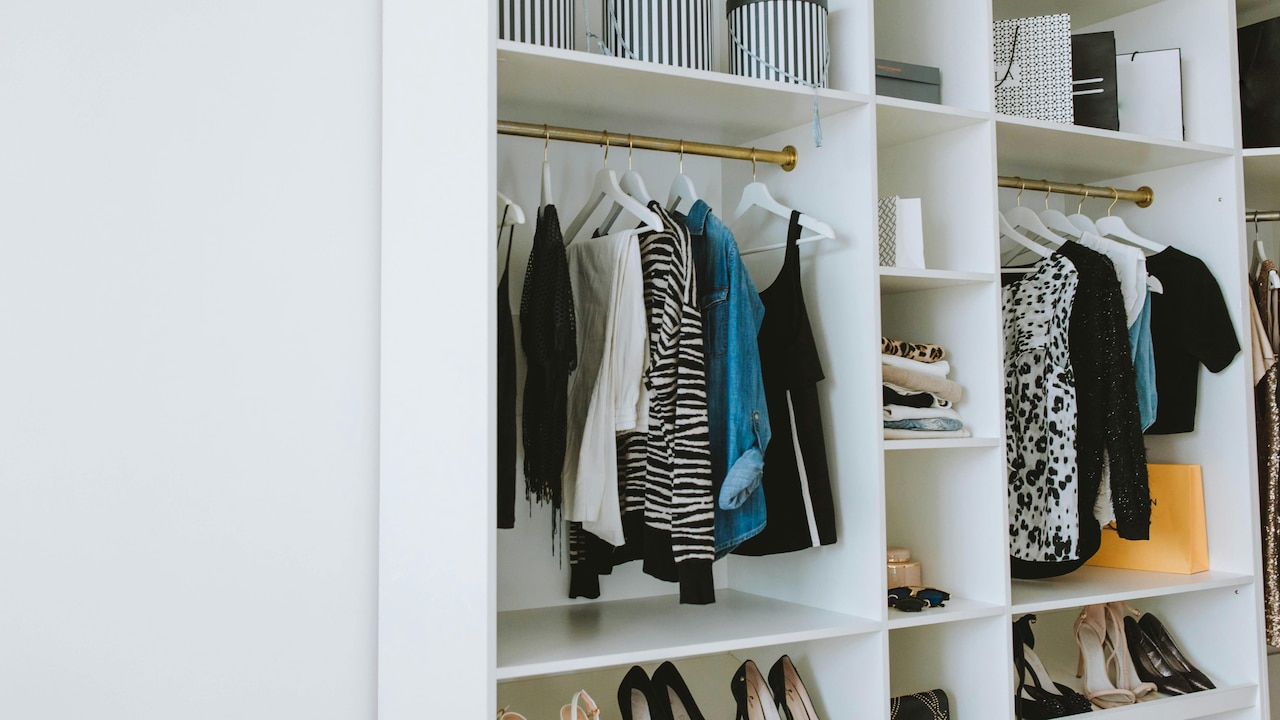
Decluttering Your Closet: How To Create A Sustainable Wardrobe; Photo Credit: Pexels
8. Support Local Brands and Skilled Artisans
A sustainable wardrobe also supports thoughtful consumption. Many homegrown labels create clothes with care, focusing on handloom, natural dyes, and ethical production. Each purchase helps local workers, promotes heritage crafts, and reduces the environmental impact of mass production.
Visiting craft fairs, small boutiques, and regional exhibitions often reveals unique pieces with character. A hand-stitched kurta, a naturally dyed dupatta, or a beautifully woven stole tells a story that lasts longer than mass-market fashion. The money spent circulates within local communities and strengthens traditional skills.
Prices vary, but many pieces offer excellent value for their durability. Over time, the wardrobe fills with garments that blend comfort, culture, and conscience.
9. Donate, Swap, and Resell Responsibly
Once decluttering becomes a habit, clothes start flowing out with purpose. Donation remains a meaningful option. Many organisations appreciate clean, fresh garments for those who need them. Neighbourhood drives, women's groups, and social centres often run collection programmes.
Clothes swaps with friends add fun to the process. A simple gathering becomes a mini fashion exchange. Someone's forgotten kurta becomes someone else's weekend favourite. This promotes reuse and reduces waste.
Reselling offers another solution. Platforms and local thrift stores pay for gently used clothes. A top bought for ₹700 might fetch ₹200, enough to add to savings or treat oneself to a coffee. Resale extends the life of garments and keeps them out of overflowing landfills.
10. Keep Your Wardrobe Evolving With Time
A sustainable wardrobe isn't static. Life changes, bodies change, and routines shift. Regular check-ins keep the cupboard aligned with current needs. A review every three or four months helps identify what still works and what no longer fits one's lifestyle.
Seasonal updates also help. Lighter fabrics move upfront during summer. Warmer pieces return to the front during winter. New additions stay limited to necessary items that fill gaps.
This practice keeps the wardrobe fresh but not overflowing. Every piece earns its place and adds value. The cupboard stays organised, stylish, and easy to maintain without unnecessary spending or waste.
Products Related To This Article
1. J K INTERNATIONAL 6 Compartments Plastic Multipurpose Drawer, Storage Organizer Home
2. AK10ZONE 4 Compartments Plastic Floor Mount
3. VYORA Set of 4 Foldable Drawer Organizer Undergarment Organizer Box Travel Organizer
4. DENFY Lingerie Storage Organizer Undergarments Organizer With Lid
5. KUBER INDUSTRIES Shelf Organizers
6. TONY STARK Cosmetic & Make-up Organizers
7. VYORA Shelf Organizers
A sustainable wardrobe doesn't demand perfection. It grows from small, thoughtful changes that fit real life. Decluttering clears the mind. Mindful shopping prevents regret. Proper care extends the life of every garment. Supporting local makers strengthens communities. Over time, the wardrobe transforms into a calm, organised space filled with pieces that feel comfortable, meaningful, and long-lasting.
Clothes play a quiet role in daily life. When chosen with care and purpose, they shape confidence, simplify routines, and lighten the footprint on the planet. A sustainable wardrobe offers not just clean shelves but a balanced, mindful way of living.
(Disclaimer: This article may include references to or features of products and services made available through affiliate marketing campaigns. NDTV Convergence Limited (“NDTV”) strives to maintain editorial independence while participating in such campaigns. NDTV does not assume responsibility for the performance or claims of any featured products or services.)







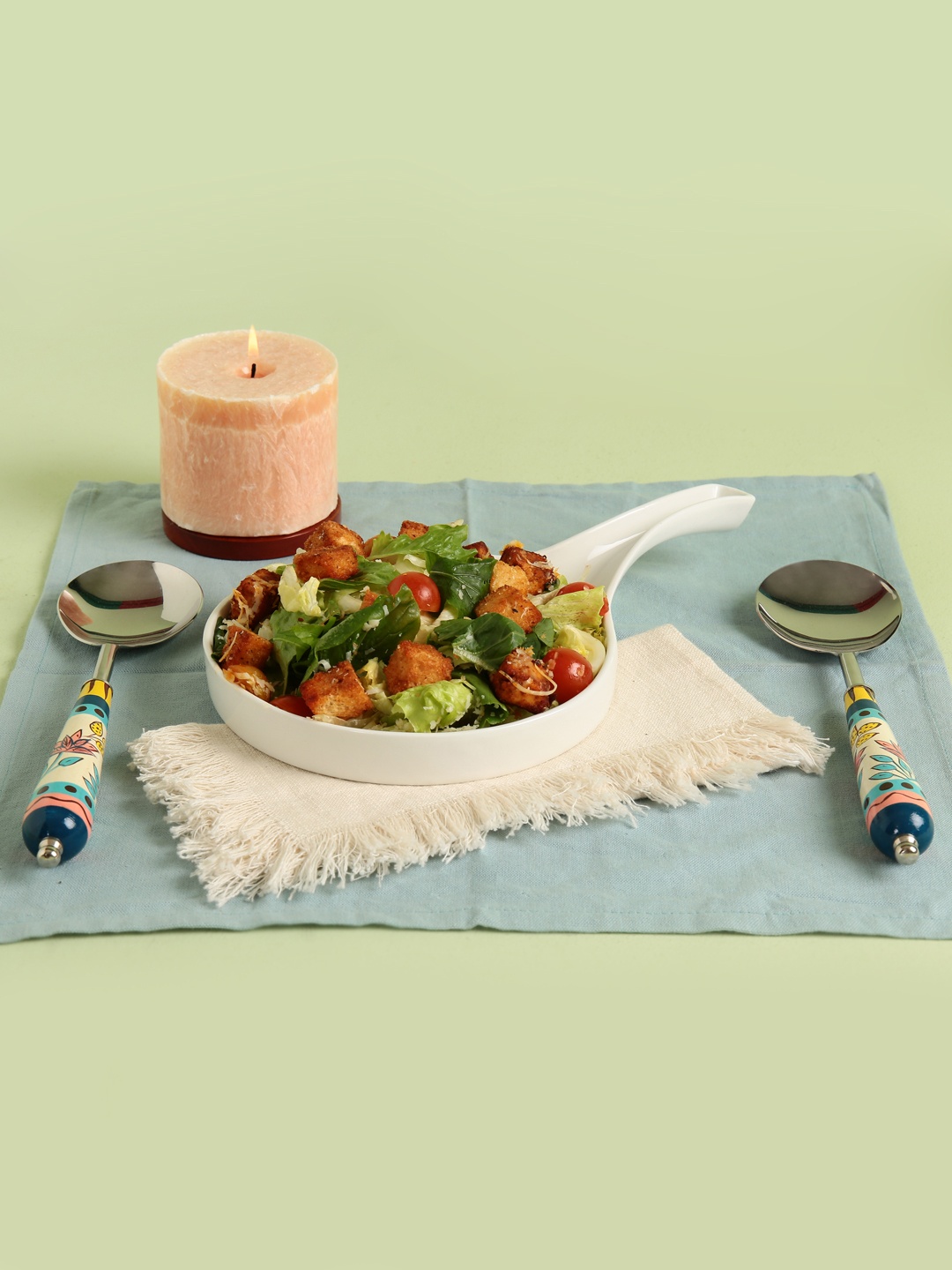






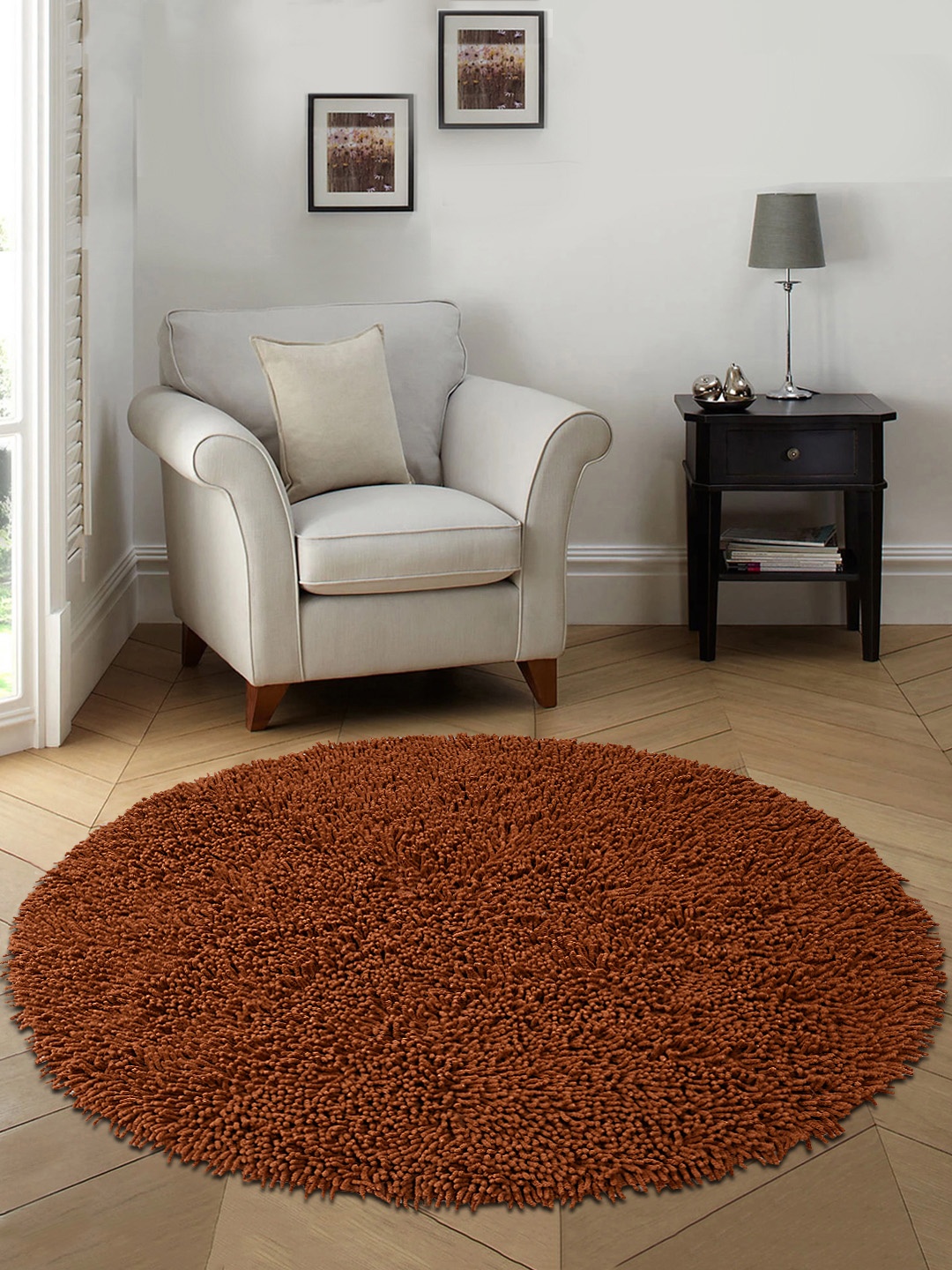
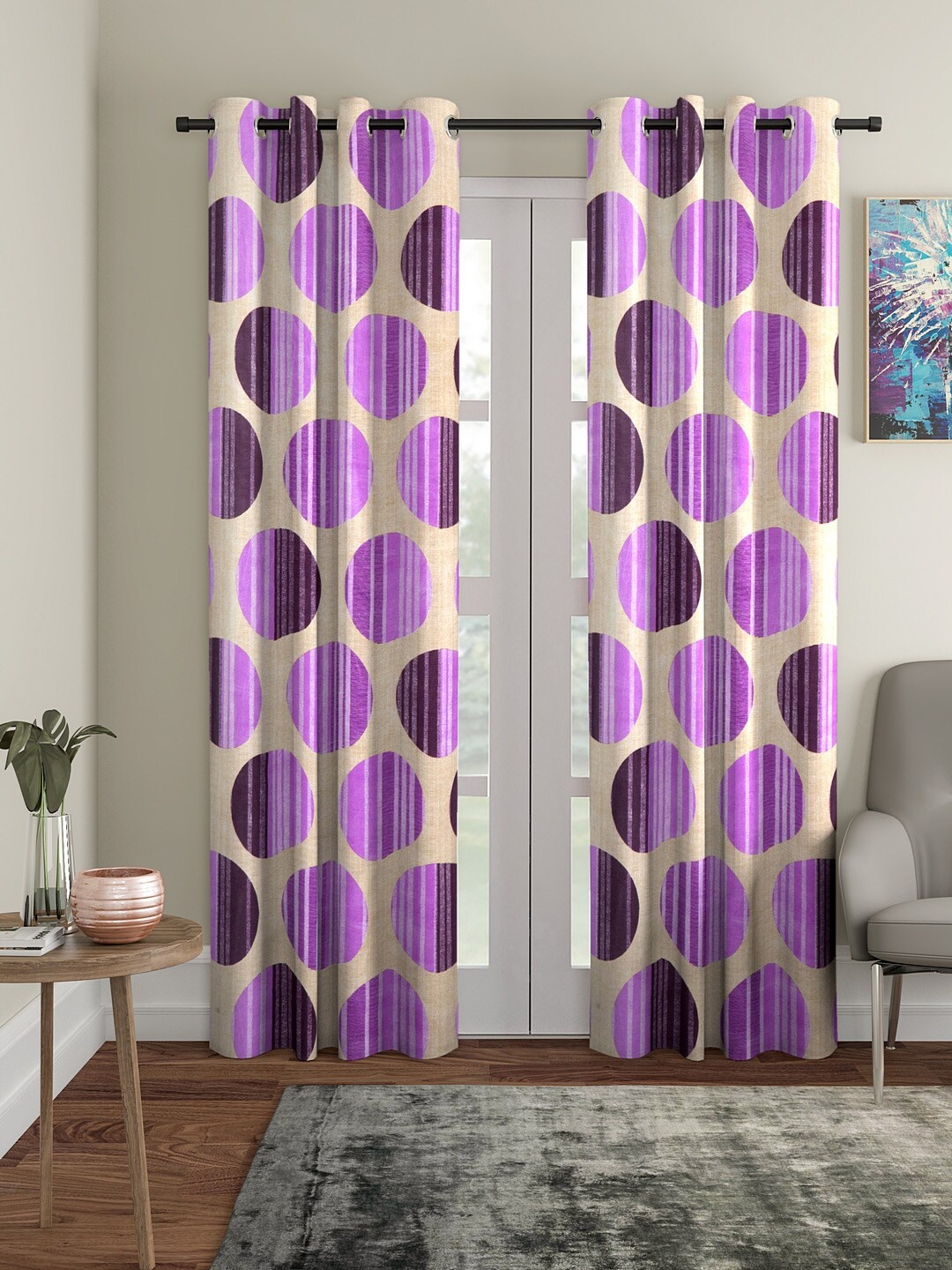

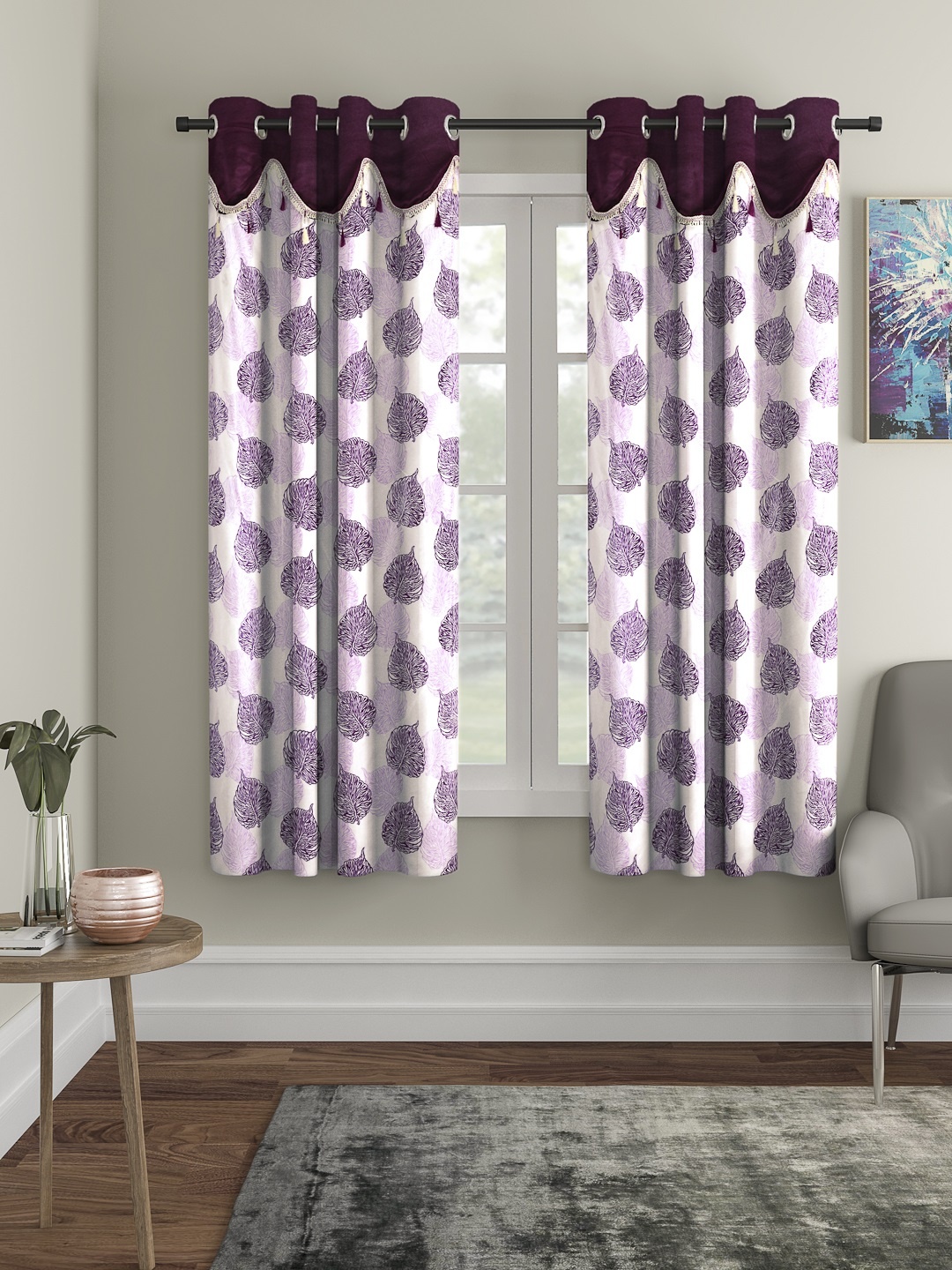
![Steam Iron Teflon Shoe Cover for ES-300,ST-96 [Only For ES-300 and ST-96 Model Electric Steam Irons]](https://m.media-amazon.com/images/I/51wwkttondL._SL160_.jpg)
